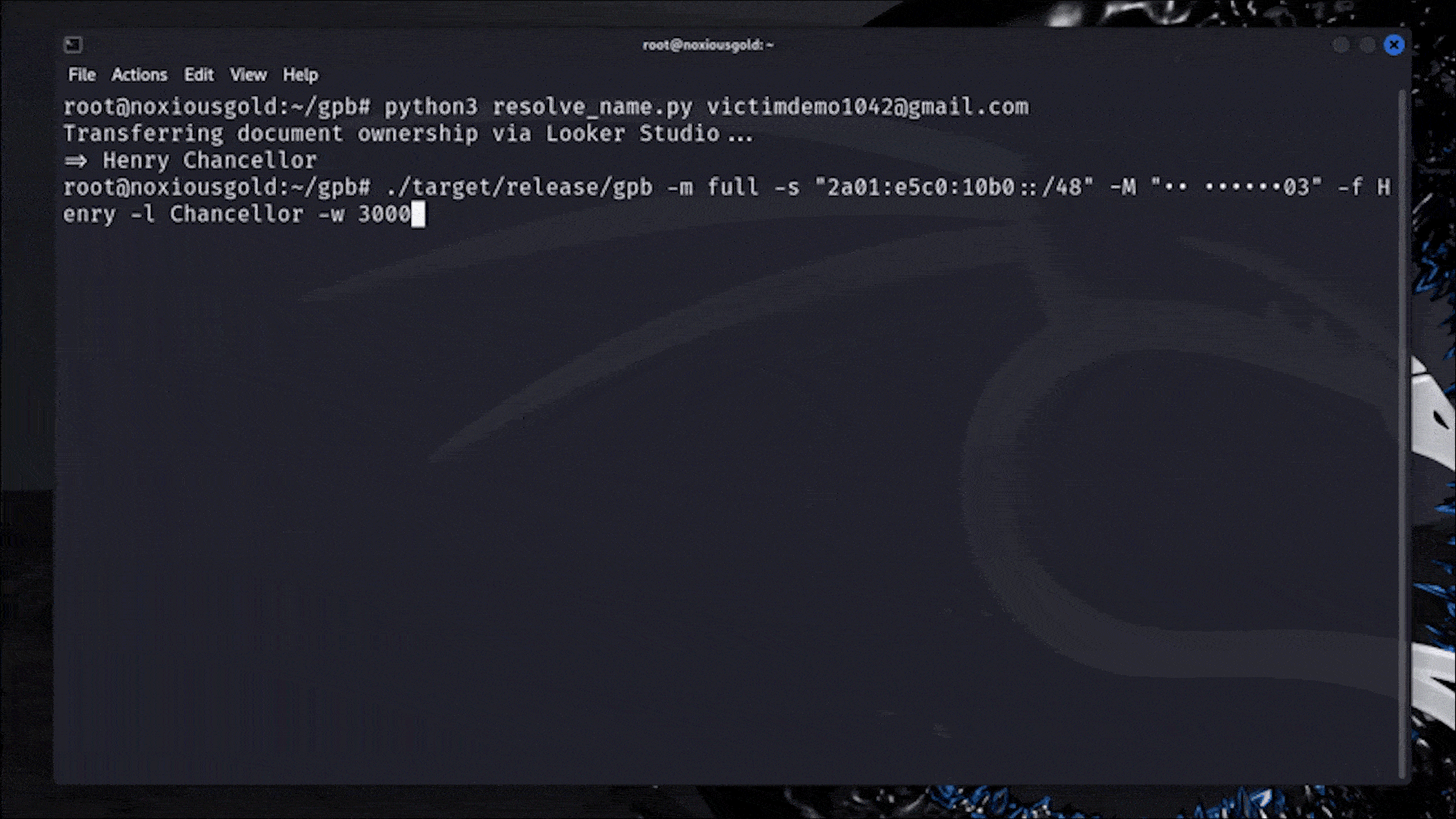Menstrual tracking app data is a ‘gold mine’ for advertisers that risks women’s safety
-
I happen to be a penis owner.
That's like 95% of Lemmy.
I actually own 2 penises, I keep the spare in a jar in case of an emergency.
/s


-
No woman in the US should be tracking their period in any sort of app or software.
Drip, the app mentioned several times in this thread, let's you encrypt the locally stored database with a password you have to enter every time you open the app. How is that not safer than a random piece of paper?
It's so exhausting that this thread is full of men telling women what they should and shouldn't do while having very little knowledge about the topic.
-
Drip, the app mentioned several times in this thread, let's you encrypt the locally stored database with a password you have to enter every time you open the app. How is that not safer than a random piece of paper?
It's so exhausting that this thread is full of men telling women what they should and shouldn't do while having very little knowledge about the topic.
And of people who assume the genders of others.
-
There is!
It's called drip and is a project started by a berlin-based feminist collective iirc.Free, open-source, local data only
Thank you! Had no idea this existed
-
And of people who assume the genders of others.
I'm sorry if I misgendered you. I was already exhausted from the other comments that clearly state that they are men and probably was biased in that regard. But my point still stands that there is no reason to completely forego tracking apps.
-
For christ sake, is there no open source option for such a simple task?
Edit:
2 people here could point to drip within 15 minutes of my post, and a third to the fact there are options on F-droid. So why the fuck don't women just use that?
Well i guess the ones with harmful advertising have better graphics or somemeting. Or the fact they allow advertising makes them more visible on google play. And you probably can't even get drip on iPhones.erm, I do use Drip actually. i have used it for over a year now as I didn't want trackers knowing my cycle.
women do use drip. we just don't advertise it, usually.
i have also recommended it to friends who were looking for a more simple app than these google play store ones.
-
I actually own 2 penises, I keep the spare in a jar in case of an emergency.
/s


-
No woman in the US should be tracking their period in any sort of app or software.
it can be tracked safely with an app that only stores local data.
I'm not sure what you're scared of.
-
absolutely. you can also go back to sending hand written mail instead of using email or messaging apps too, but this is 2025 and software exists to help keep track of this.
also apps exist that store local data only.
-
I mean there are at least 2 apps for that in F-Droid. It's just that most people are FOSS illiterate and only if a big corpo give them shit then they trust it.
Not everyone uses Android devices.
Edit: do you people not understand context? The person I replied to specifically mentioned F-Droid, which is ANDROID ONLY.
-
I don't even need to follow that link to know what this is
-
No woman in the US should be tracking their period in any sort of app or software.
Convenience wins out 99% of the time. Why carry a pen/paper when one can use the same device they already carry around? Hell, I don't even use pen/paper anymore because my phone handles all that for me.
That said, I did set up some infrastructure at home that I use to store as much of my private data as possible.
-
Cambridge researchers urge public health bodies like the NHS to provide trustworthy, research-driven alternatives to platforms driven by profit.
Women deserve better than to have their menstrual tracking data treated as consumer data - Prof Gina Neff
Smartphone apps that track menstrual cycles are a “gold mine” for consumer profiling, collecting information on everything from exercise, diet and medication to sexual preferences, hormone levels and contraception use.
This is according to a new report from the University of Cambridge’s Minderoo Centre for Technology and Democracy, which argues that the financial worth of this data is “vastly underestimated” by users who supply profit-driven companies with highly intimate details in a market lacking in regulation.
The report’s authors caution that cycle tracking app (CTA) data in the wrong hands could result in risks to job prospects, workplace monitoring, health insurance discrimination and cyberstalking – and limit access to abortion.
They call for better governance of the booming ‘femtech’ industry to protect users when their data is sold at scale, arguing that apps must provide clear consent options rather than all-or-nothing data collection, and urge public health bodies to launch alternatives to commercial CTAs.
I legitimately have an idea for an app that solves this problem. Its key feature, besides being open source, would be that people without uteruses could use it too, making any data conceivably collected useless.
I don’t have the skills to make it myself (yet), but if any developer wants to talk I’ll give the idea away. I just want it to be made.
App would be open source, all data local. Perhaps the option to sync to encrypted iCloud or Android equivalent, but certainly not a cloud-based option you need a new login for. All the features currently in these kinds of apps and that make them useful for menstruating people. Now replace “period” with “hair cut”. Non-menstruating people can now use it, earnestly, for tracking when their last hair cut was, making it useful and the data (if it were to be collected somehow) just noise.
I even have a name in mind: “hair**.**cuts” (heavy emphasis on the period in the name.) Idea is that anyone with it on their device has plausible deniability that they are using it for period tracking, but the “period” in the name is an implicit wink so we all know what it’s really being used for.
-
Thank you for the public service announcement, I had no idea this was such a common issue. I should probably keep some emergency testicles around as well..

-
To be honest, the backing up is not trivial for most.
Even for me, while the technical aspect is no problem, the mental burden of thinking to do the backup and then the few minutes it takes to do the backup. Not a problem for a local only FOSS app but its quite a task to keep track of 10+ apps with different backup/export options, backup-passwords and so on.
I use a ToDo-App with recurring tasks but still -
Cambridge researchers urge public health bodies like the NHS to provide trustworthy, research-driven alternatives to platforms driven by profit.
Women deserve better than to have their menstrual tracking data treated as consumer data - Prof Gina Neff
Smartphone apps that track menstrual cycles are a “gold mine” for consumer profiling, collecting information on everything from exercise, diet and medication to sexual preferences, hormone levels and contraception use.
This is according to a new report from the University of Cambridge’s Minderoo Centre for Technology and Democracy, which argues that the financial worth of this data is “vastly underestimated” by users who supply profit-driven companies with highly intimate details in a market lacking in regulation.
The report’s authors caution that cycle tracking app (CTA) data in the wrong hands could result in risks to job prospects, workplace monitoring, health insurance discrimination and cyberstalking – and limit access to abortion.
They call for better governance of the booming ‘femtech’ industry to protect users when their data is sold at scale, arguing that apps must provide clear consent options rather than all-or-nothing data collection, and urge public health bodies to launch alternatives to commercial CTAs.
oh shit. i have a fitbit versa 2 which has menstrual tracking on it and I'm using an android phone.
-
I'm sorry if I misgendered you. I was already exhausted from the other comments that clearly state that they are men and probably was biased in that regard. But my point still stands that there is no reason to completely forego tracking apps.
Yeah, and of course I haven't looked into all of the tech and security of ways to set up these apps. I'm just exhausted myself from it seeming like nothing is ever 100% secure or free from risk, and I'm so cynical about the country I live in and what it will become in the future that I would just rather not trust anything at this point. I'm sure that doesn't 100% hold water/is completely rational, but it's where my head is.
-
I mean there are at least 2 apps for that in F-Droid. It's just that most people are FOSS illiterate and only if a big corpo give them shit then they trust it.
I tried to talk to my wife about data ownership, opensource, etc. but it's difficult to convey how important it is. She uses Flow. I'm trying to get her to at least try alternatives such as Drip
-
Thank you !
-
Not everyone uses Android devices.
Edit: do you people not understand context? The person I replied to specifically mentioned F-Droid, which is ANDROID ONLY.
Well on iOS there’s the Apple health app. To my knowledge it stores health data locally. I’ll double check now.
Edit: it does store health data in iCloud by default, but according to Apple its end to end encrypted
By default, iCloud automatically keeps your Health app data, including health records, up to date across your devices. To disable this feature, open iCloud settings and turn off Health. iCloud protects your health records data by encrypting it both in storage and during transmission. If you're using iOS 12 or later and have turned on two-factor authentication for your Apple Account, health records are encrypted using end-to-end encryption through iCloud. This means only you can access this information, and only on devices where you’re signed in to iCloud. No one else, not even Apple, can access end-to-end encrypted information.
-
-
Itch.io deindexes NSFW games after becoming the latest target of skittish credit card companies and anti-porn group Collective Shout, catching an award-winning indie and more in the crossfire
Technology 1
1
-
-
AI Utopia, AI Apocalypse, and AI Reality: If we can’t build an equitable, sustainable society on our own, it’s pointless to hope that a machine that can’t think straight will do it for us.
Technology 1
1
-
-
The $10 billion delivery empire built on Shein and TikTok orders: A Chinese courier company is out-delivering Amazon — and everyone else — across Southeast Asia.
Technology 1
1
-
-
‘Alexa, what do you know about us?’ What I discovered when I asked Amazon to tell me everything my family’s smart speaker had heard
Technology 1
1




